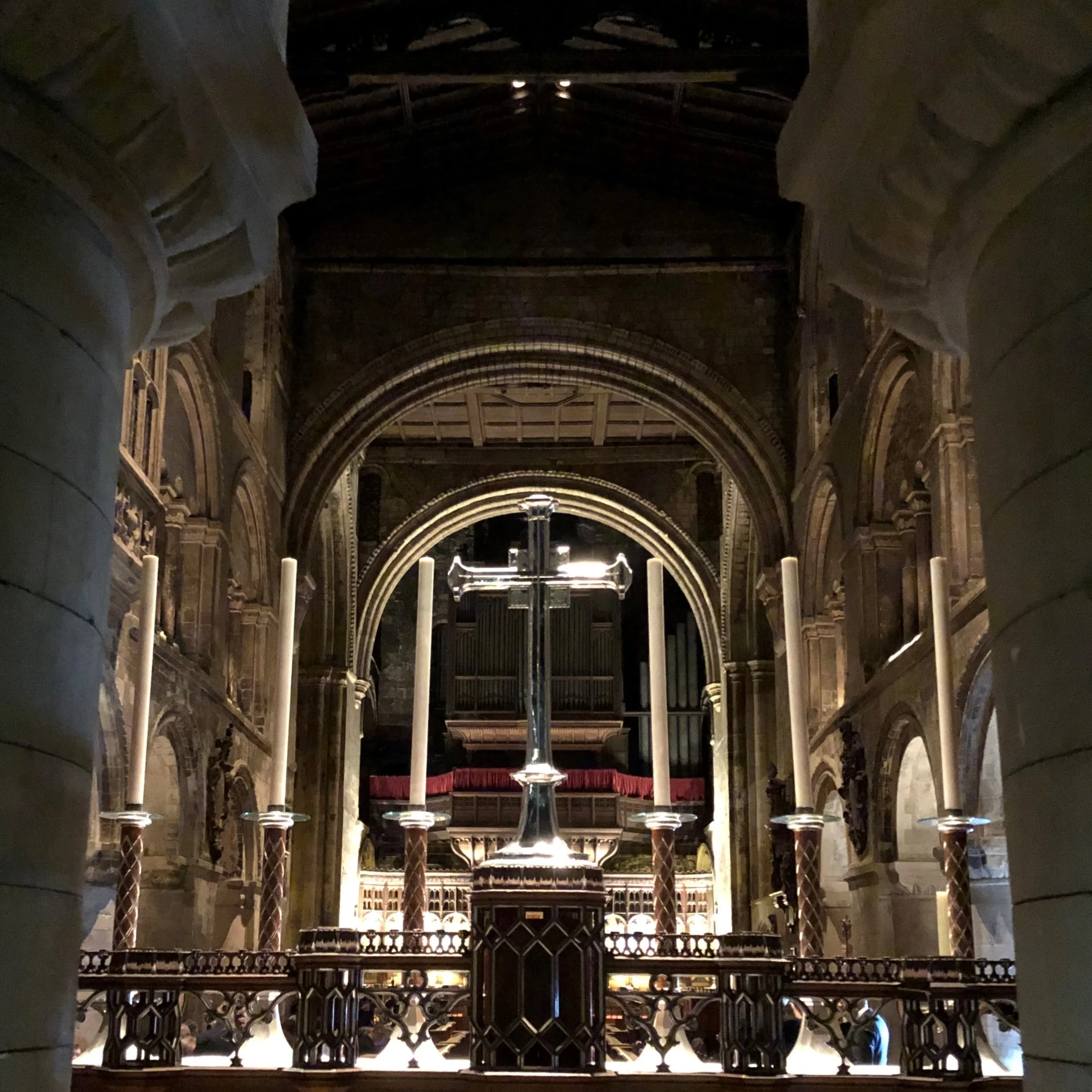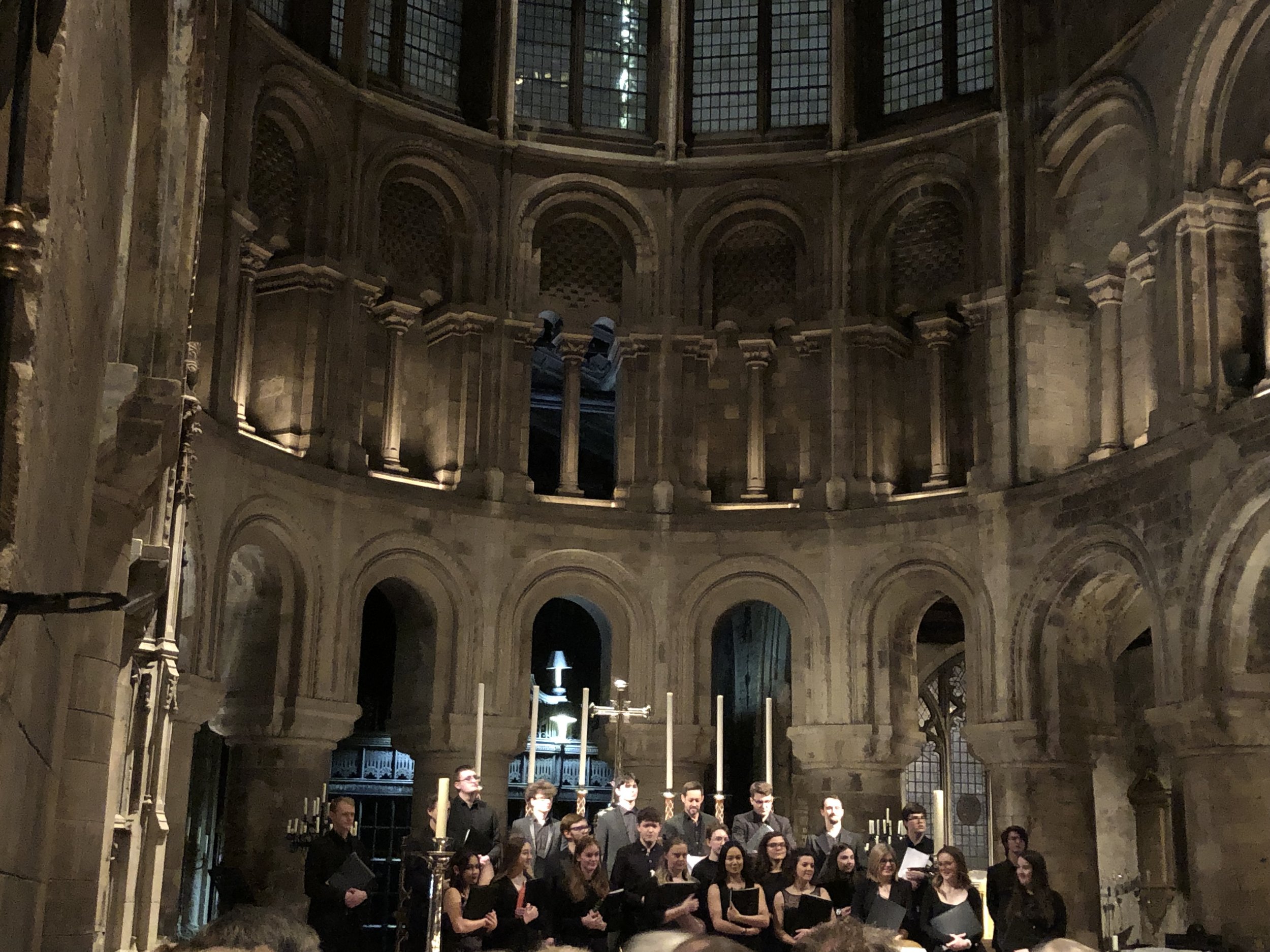St Bartholomew the Great
/St Bartholomew the Great – the name says it all on so many levels – history, architecture, survival, atmosphere, film sets, and yesterday particularly, acoustics. London’s oldest parish church played host to The Brandenburg Choral Festival of London’s Spring series featuring works by Thomas Tallis and Karl Jenkins – and including my two most favourite pieces of music – Spem In Alium and Benedictus – The Armed Man: A Mass for Peace respectively.
The venue, the Damien Hirst, the music – I was an emotional puddle by the end of the evening – but a very happy puddle.
The Brandenburg Choral Festival of London exists as a platform for amateur choirs to perform in Central London venues. Over the year the Spring and Autumn festivals bring together choirs and vocal ensembles of different shapes and sizes, and from every musical background — classical and jazz, a cappella or accompanied, gospel, male voice, choral scholars, community choirs, and a whole lot more besides!




